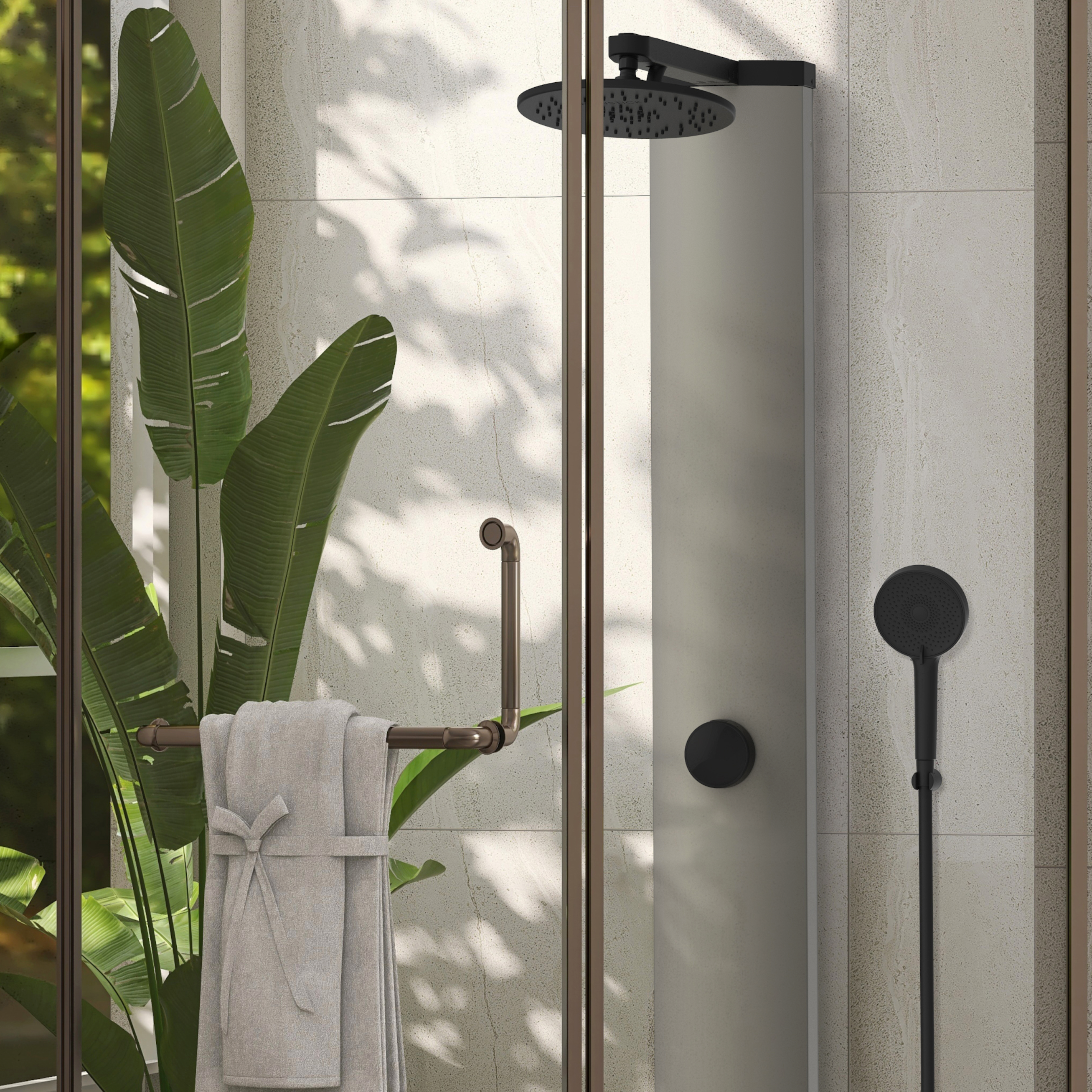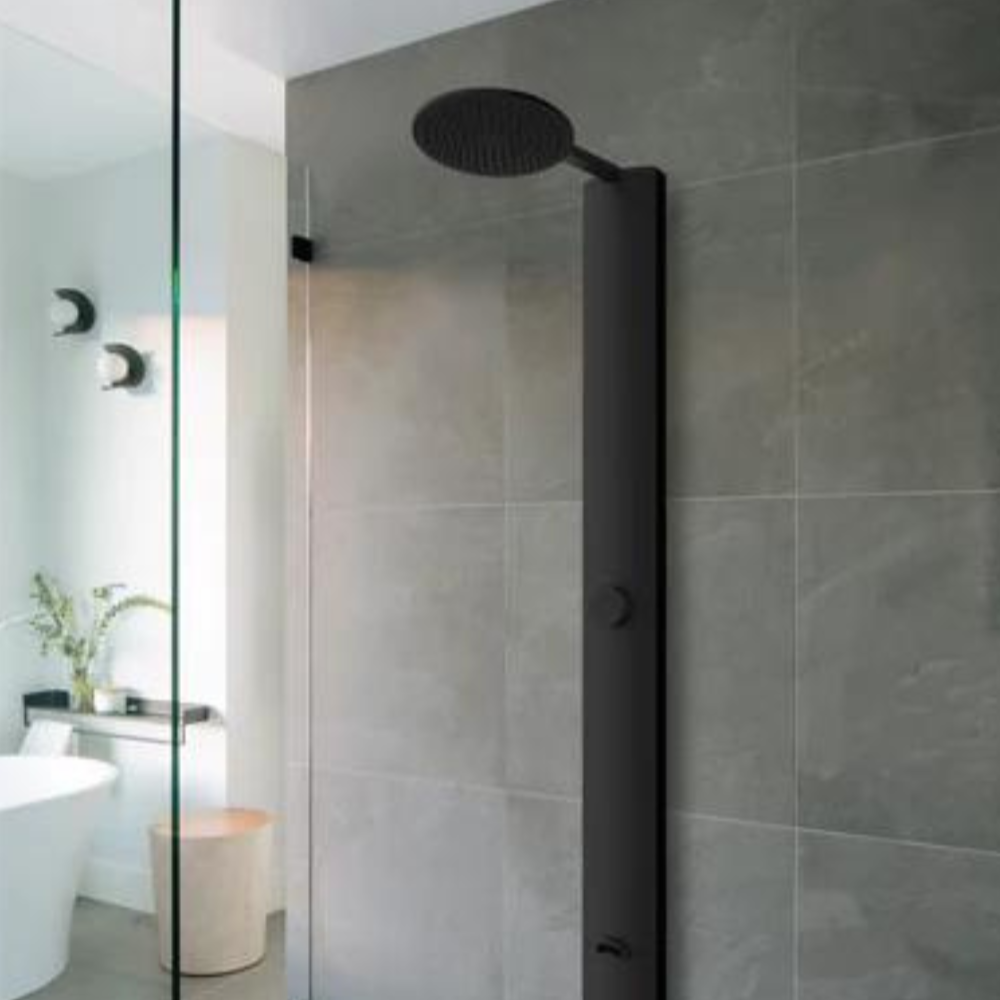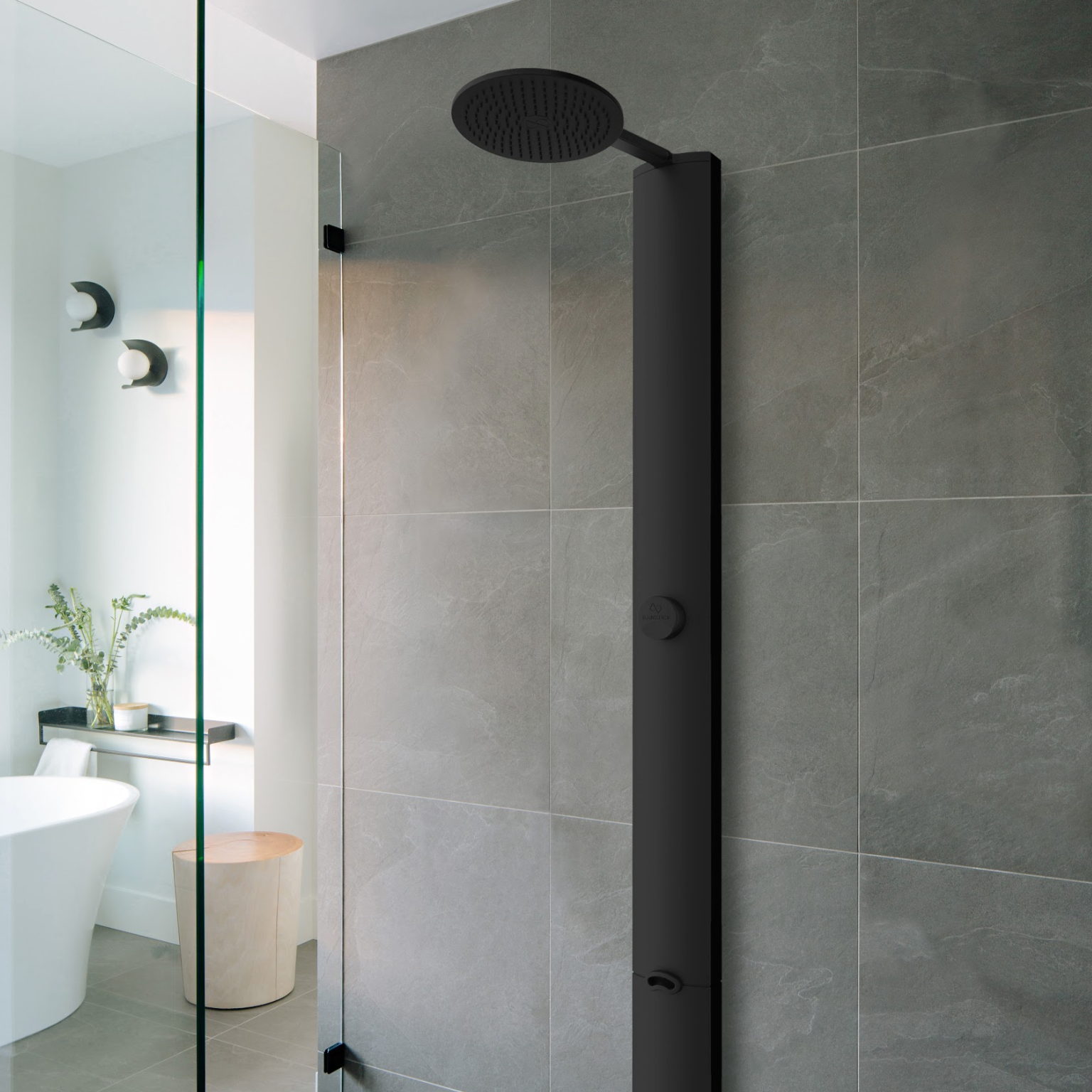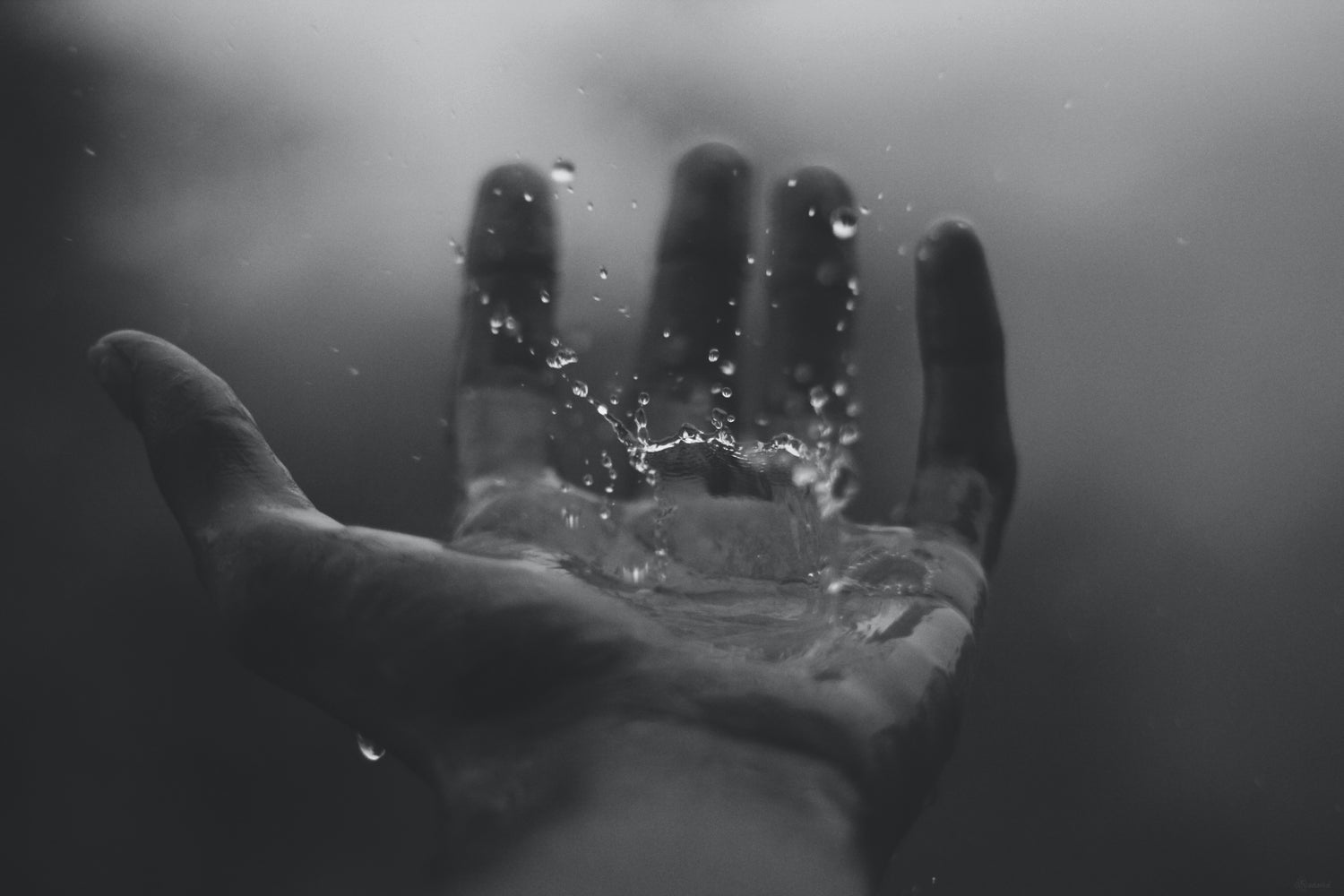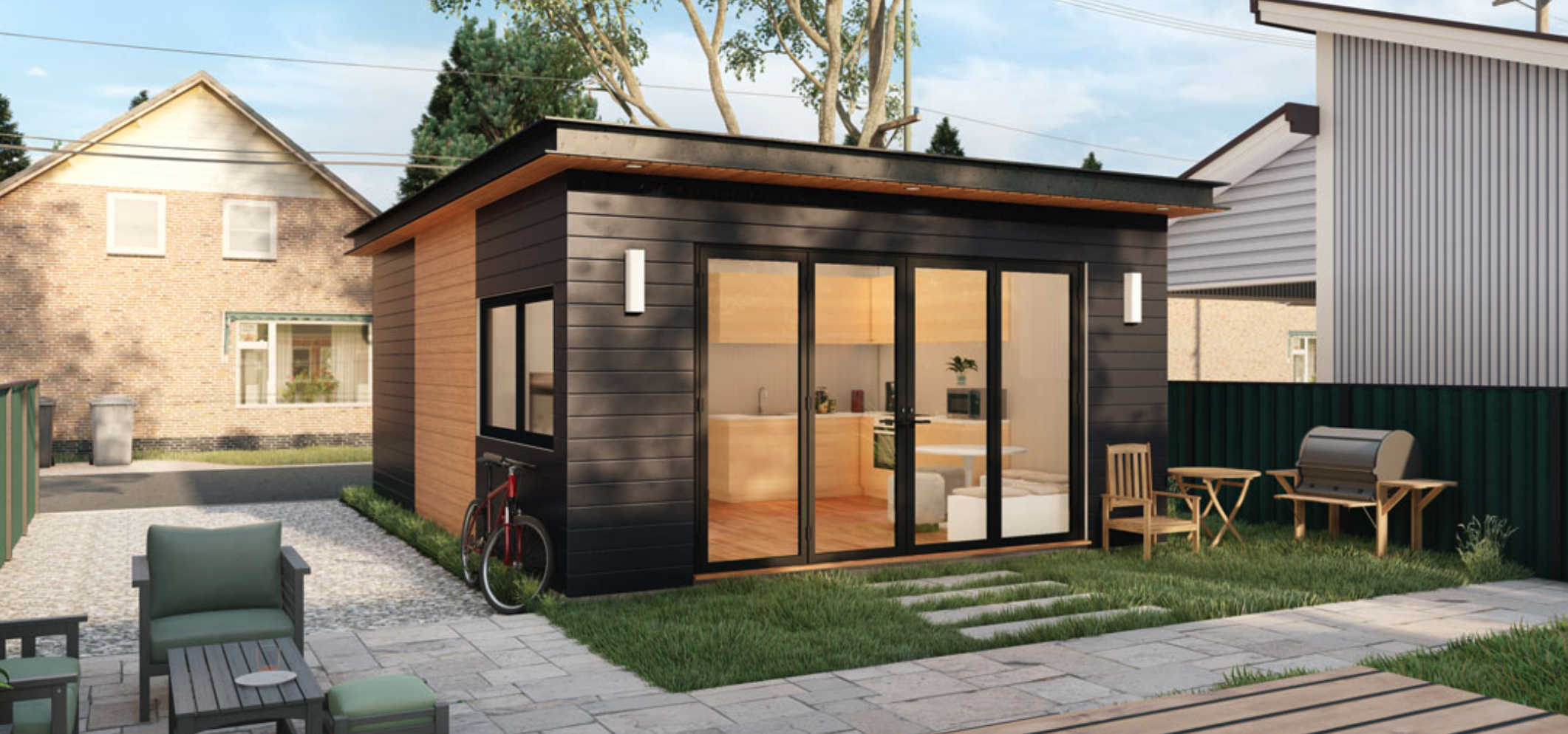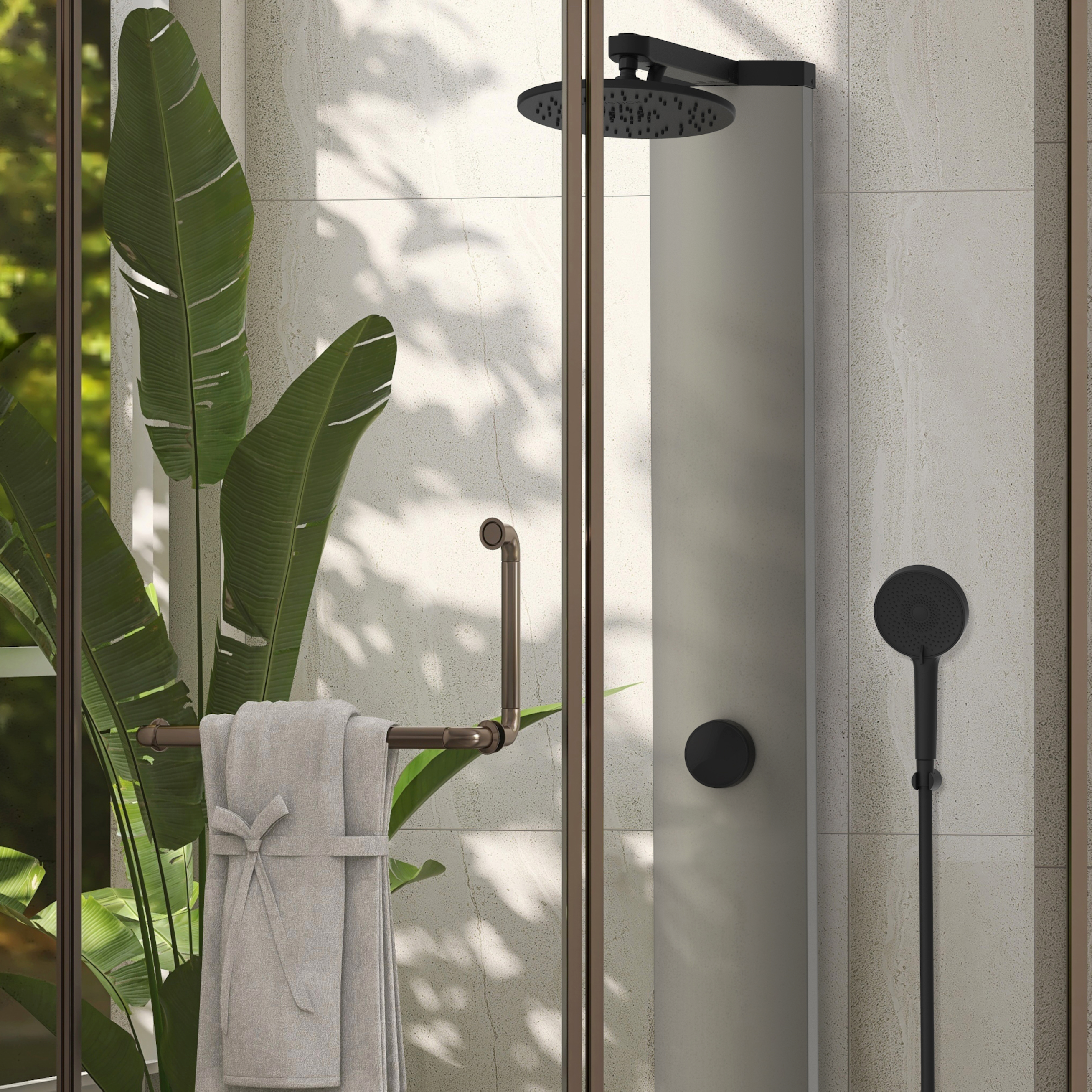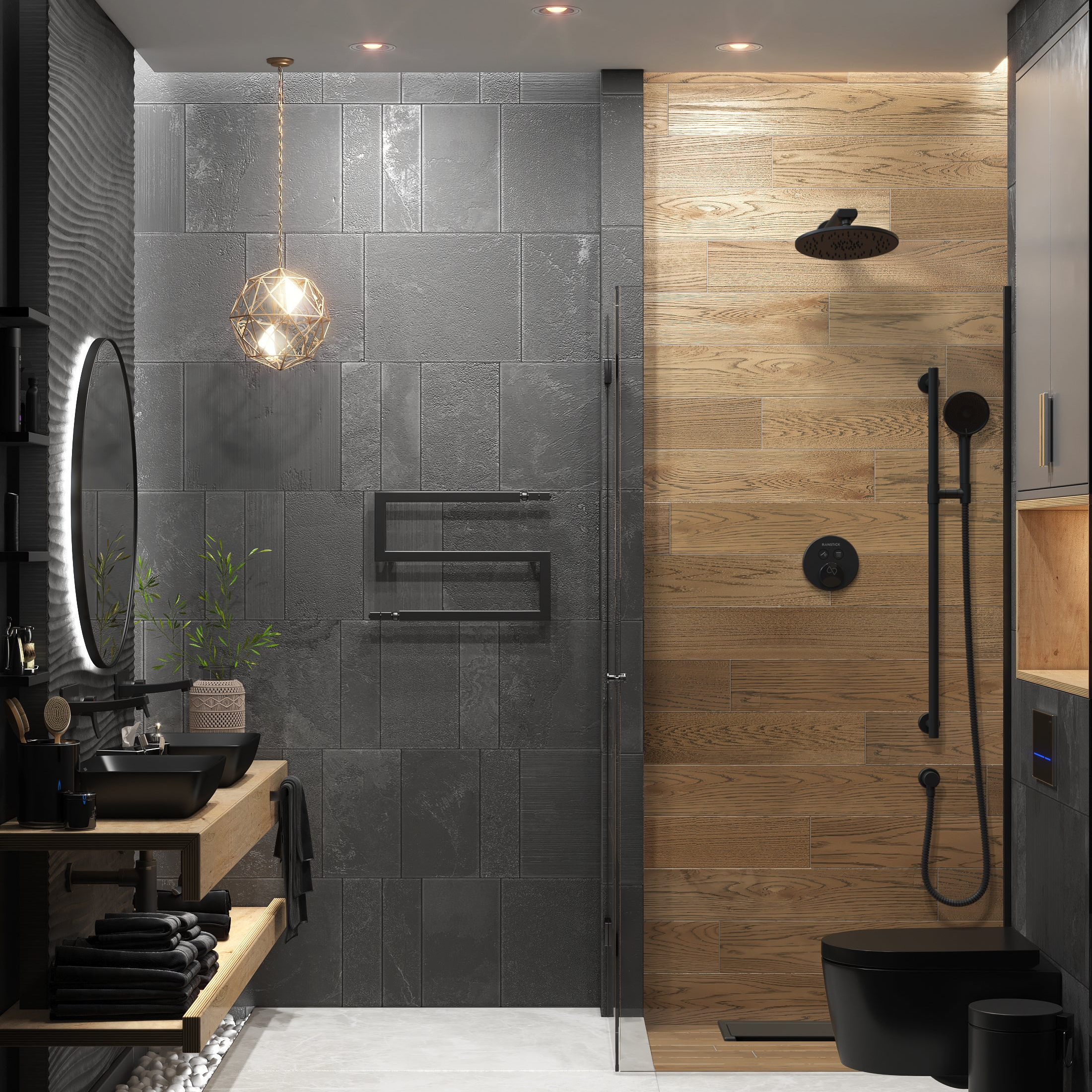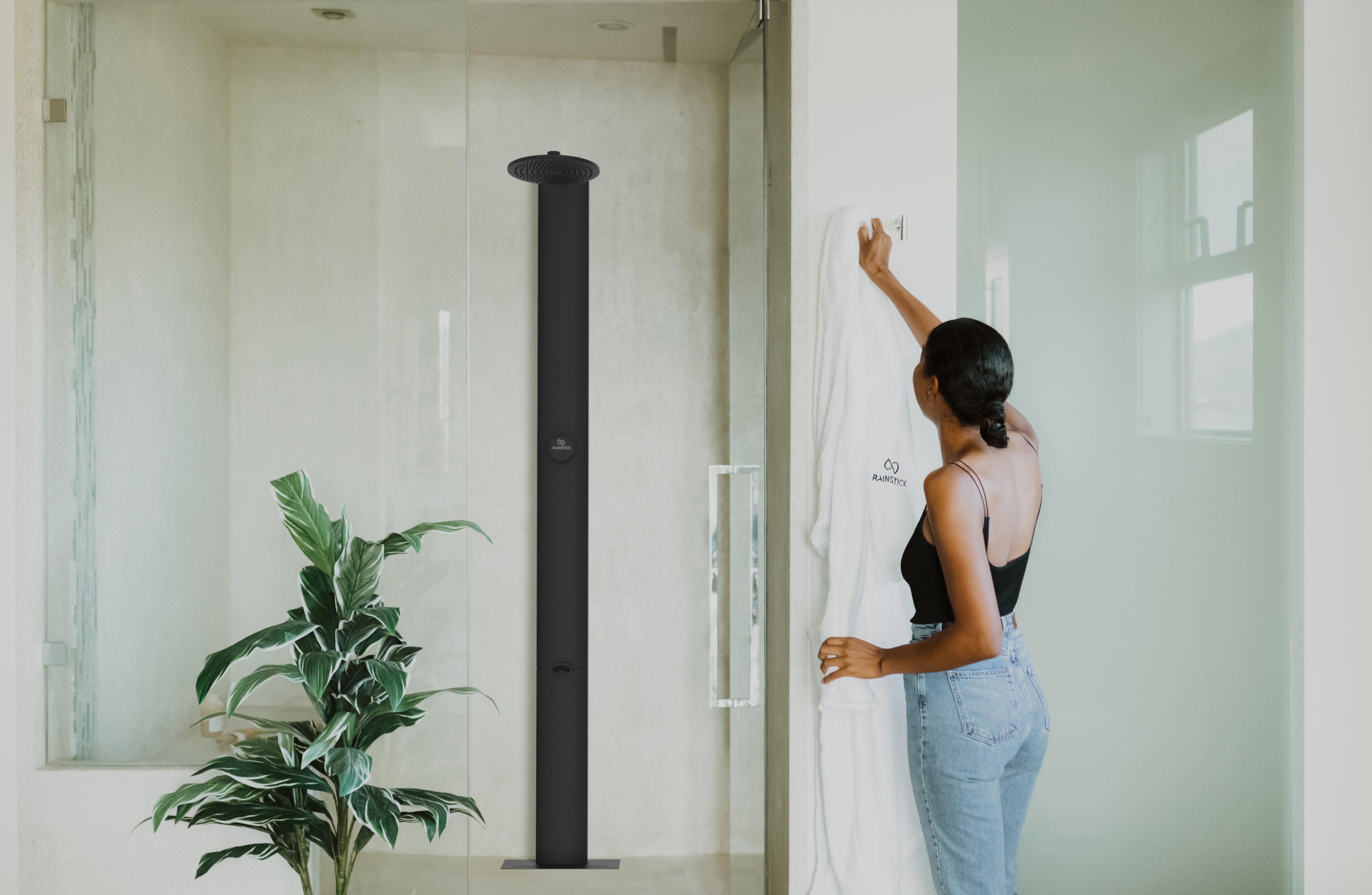Water scarcity has become a pressing global issue, with increasing demand for potable water and limited freshwater resources. Conventional centralized water treatment systems are facing challenges to meet this demand while also exacerbating the strain on already scarce water resources. In the quest for sustainable solutions, extreme decentralized water treatment technologies are emerging as a crucial approach. This article highlights the need for extreme decentralization in water treatment, with a specific focus on residential water reuse.
Water scarcity poses a significant threat to communities worldwide, with various factors contributing to its severity. Climate change-induced droughts, population growth, and pollution of water sources are all key drivers of water scarcity. Traditional centralized water treatment systems, which rely on long-distance water transfers and extensive infrastructure, are not equipped to meet the increasing demand for potable water sustainably.
Extreme decentralized water treatment offers a transformative approach to water management by shifting the focus to localized solutions. These technologies emphasize on-site treatment, reuse, and recycling of water resources, thereby reducing reliance on distant sources and minimizing energy usage and water wastage. By implementing extreme decentralization, we can address the challenges of water scarcity more effectively.
In the realm of extreme decentralization, one technology that stands out is recirculating showers. The RainStick Shower is a groundbreaking example of point-of-use (POU) water treatment technology. By capturing, treating, and recirculating shower water in a closed-loop system, the RainStick revolutionizes our approach to water consumption during showers, unlike traditional showers that waste valuable resources by continuously sending water down the drain.
Another notable technology is Mimbly's Mimbox system—a decentralized water-saving solution tailored for residential buildings and laundromats, specifically targeting water consumption during laundry processes. The Mimbox system incorporates a washing machine filter to remove contaminants, a wastewater heat exchanger to recover heat, and a water recycling unit to treat and reuse wastewater. Implementing the Mimbox system enables substantial reductions in water consumption and energy usage, fostering localized self-sufficiency and contributing to sustainable water management.
Additionally, the urine-diverting toilet, exemplified by the impressive work of Sweden Water Research, is another noteworthy technology in extreme decentralization. These toilets enable urine separation and collection for further treatment, facilitating efficient nutrient recovery and reducing water usage. By diverting urine away from conventional wastewater systems, these toilets optimize resource utilization by minimizing water treatment.
Embracing extreme decentralization in water treatment brings forth a multitude of advantages:
- Water Conservation: Technologies like RainStick Shower promote water conservation by reusing and recycling water resources. By reducing reliance on freshwater sources, these systems alleviate pressure on limited water supplies and protect natural ecosystems.
- Localized Self-Sufficiency: Communities achieve localized self-sufficiency in terms of water supply. On-site treatment and reuse systems support communities to reduce their dependence on distant water sources, ensuring a more resilient water supply even during times of scarcity or disruption.
- Reduced Infrastructure Requirements: Less extensive infrastructure than centralized systems. The need for costly and energy-intensive long-distance water transfers and large-scale treatment plants is minimized, resulting in significant cost savings.
- Climate Resilience: Enhance community resilience to climate change by reducing vulnerability to water shortages. The ability to treat and reuse water on-site enables communities to adapt to changing climate conditions and maintain a reliable water supply.
The need for extreme decentralized water treatment technologies has never been more critical. As the demand for potable water rises and water scarcity becomes increasingly severe, innovative solutions like RainStick Shower offer hope for a sustainable future. It is through such visionary approaches that we can combat water scarcity, protect our precious water resources, and build a more sustainable and water-secure world.
Photo credit: Unsplash


